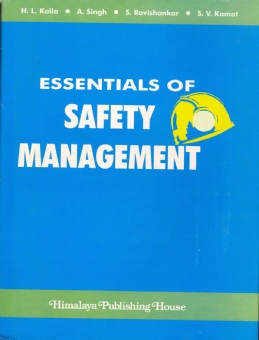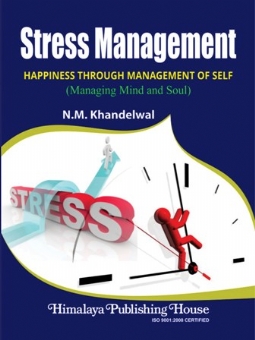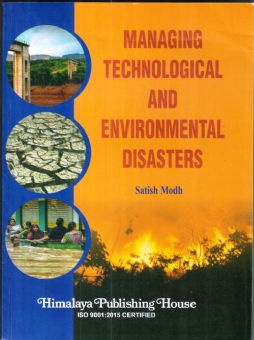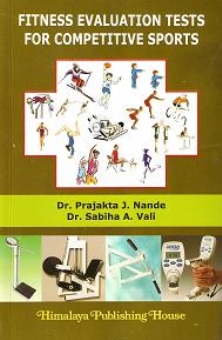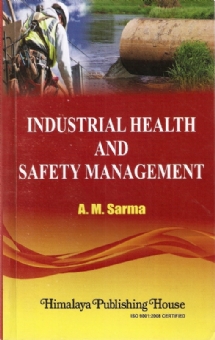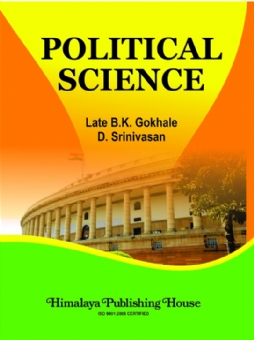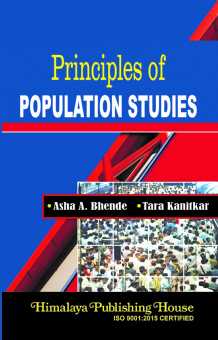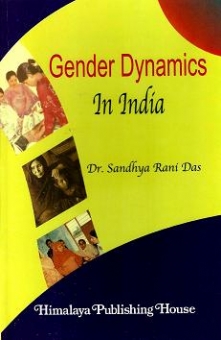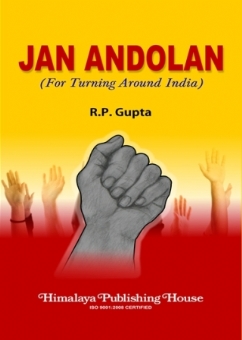Buy Academic Books Online in India | Second-Hand Academic Books
Featured Products
Managing Technological and Environmental Disasters
₹572.36
M.R.P.:₹ 698.00
You Save: ₹125.64 (18.00% OFF)
Fitness Evaluation Tests for Competitive Sports
₹262.50
M.R.P.:₹ 350.00
You Save: ₹87.50 (25.00% OFF)
Political Science - Theory & Governmental Machinery
₹523.50
M.R.P.:₹ 698.00
You Save: ₹174.50 (25.00% OFF)


